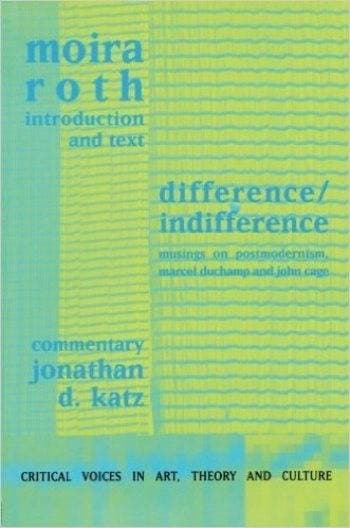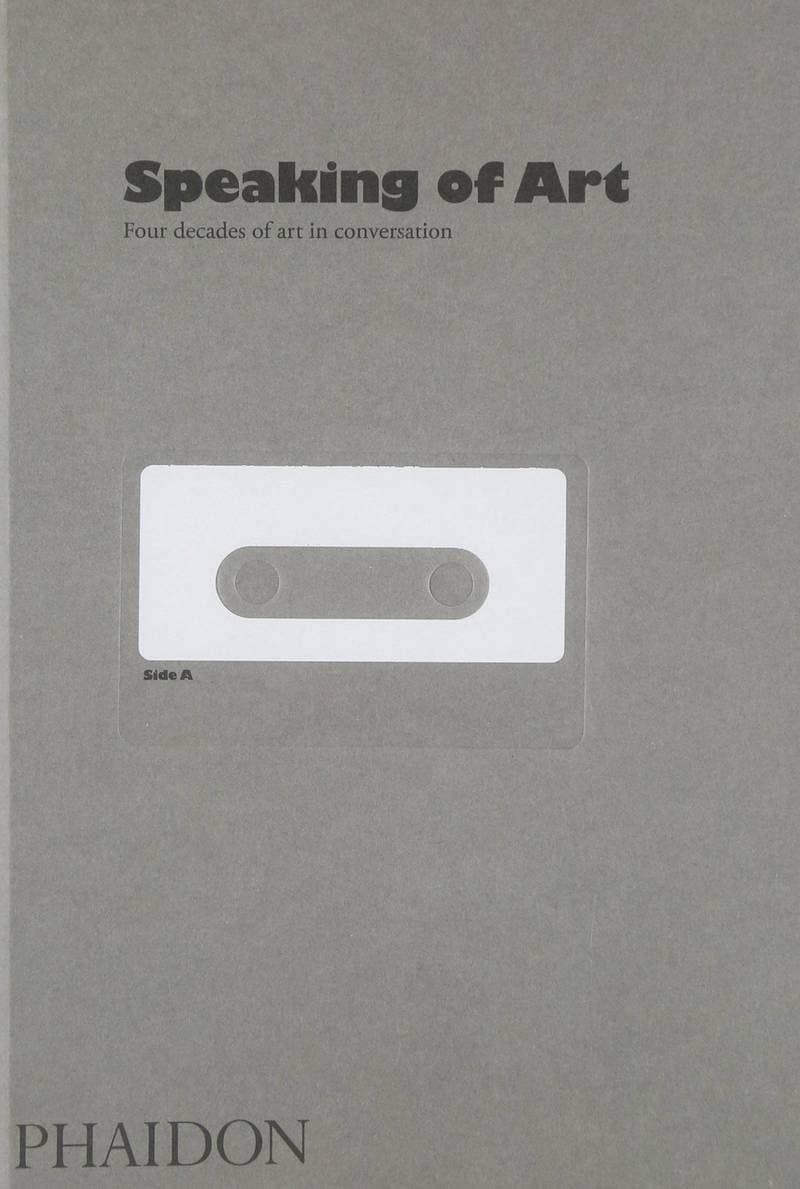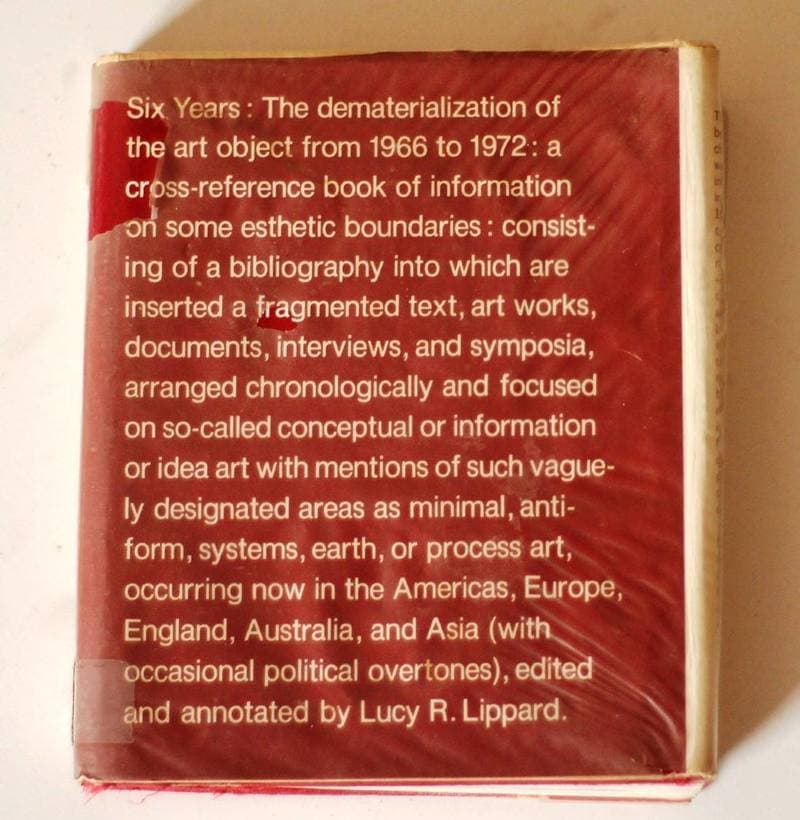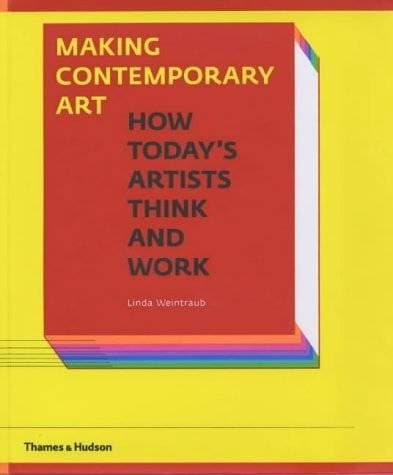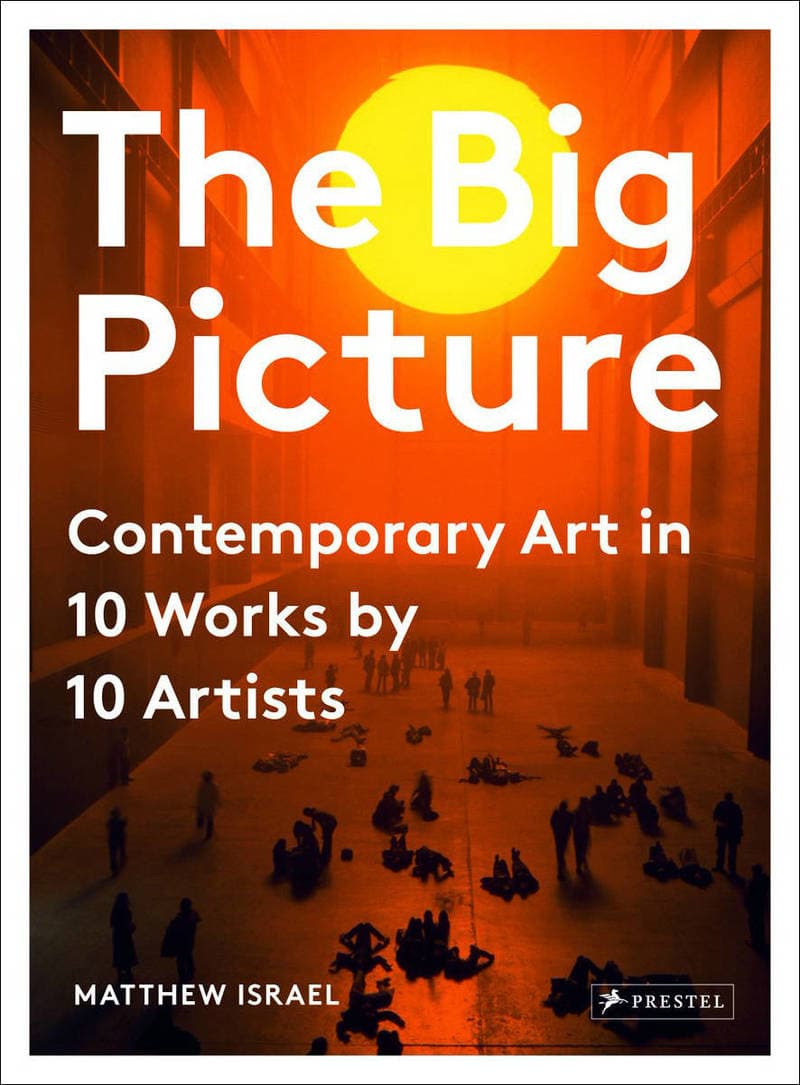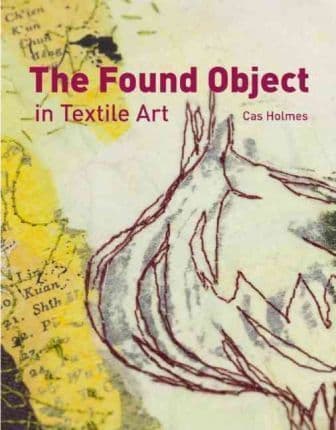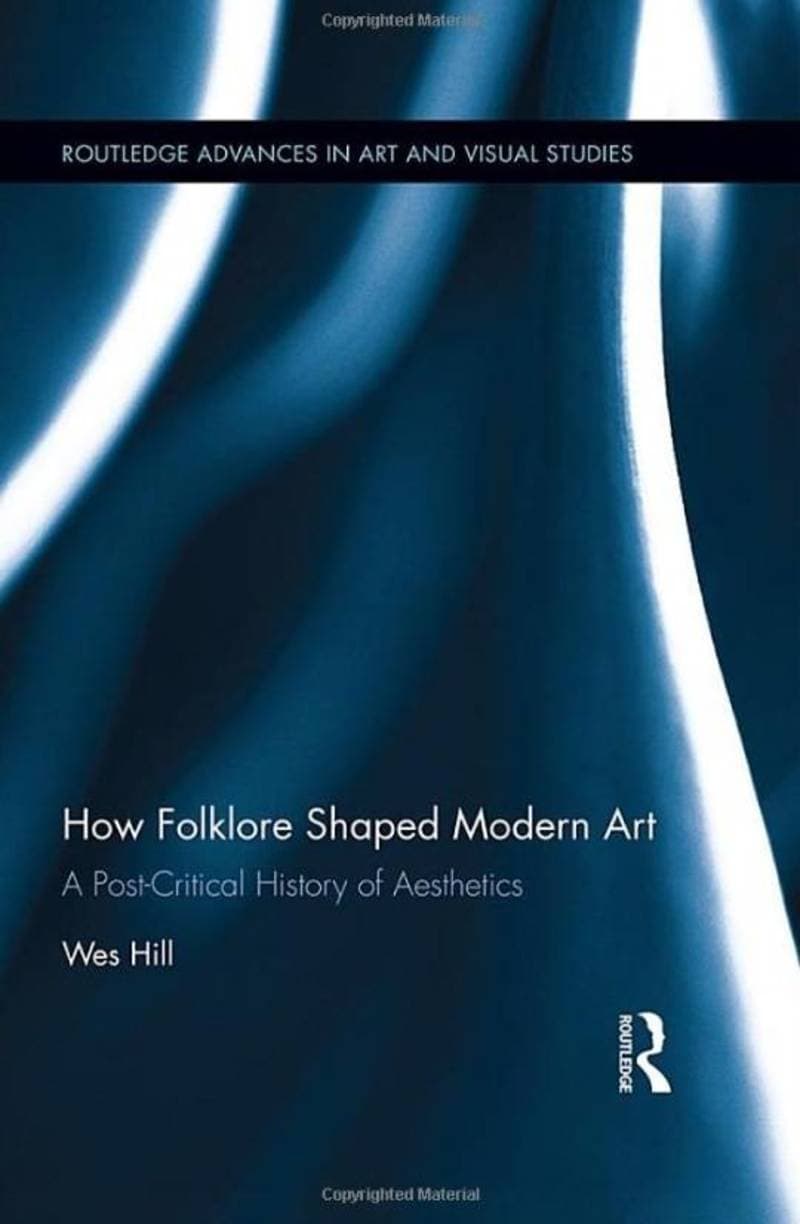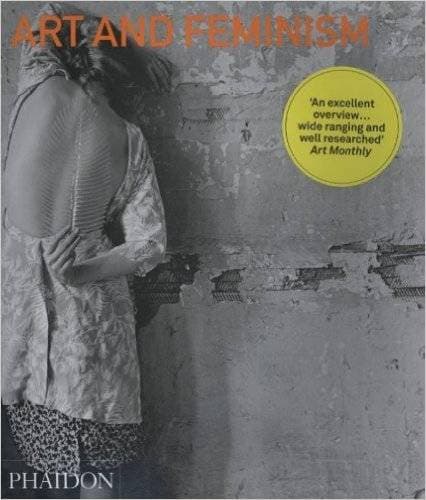A Conspiracy of Images: Andy Warhol, Gerhard Richter, and the Art of the Cold War
In October 1962, a set of blurred surveillance photographs brought the world to the brink of nuclear apocalypse during the Cuban missile crisis. The pictures themselves demonstrated little, and explanatory captions were necessary to identify the danger for the public. In the following months, two artists with antithetical backgrounds arrived at a similar aesthetic: Andy Warhol, who began his career as a commercial artist in New York City, turned to the silkscreened replication of violent photographs. Gerhard Richter, who began as a mural painter in socialist Dresden, East Germany, painted blurred versions of personal and media photographs. In A Conspiracy of Images, author John J. Curley explores how the artists' developing aesthetic approaches were informed by the political agency and ambiguity of images produced during the Cold War, particularly those disseminated by the mass media on both sides.
Данные книги
Нью‑Хейвен, Коннектикут
2013
282 страницы
9780300188431
Доступ по запросу
Да
Да
709.042 Cur
1
- Difference/Indifference: Musings on Postmodernism, Marcel Duchamp and John Cage2013
- Всё и ничто: символические фигуры в искусстве второй половины ХХ века2019
- Speaking of Art: Four Decades of Art in Conversation2010
- Six Years: The Dematerialization of the Art Object from 1966 to 19721973
- Making contemporary art: How modern artists think and work2003
- New Tendencies in Art1966
- The Big Picture: Contemporary Art in 10 Works by 10 Artists2017
- The Found Object in Textile Art2010
- Art Unlimited?: Dynamics and Paradoxes of a Globalizing Art World2016
- How Folklore Shaped Modern Art: A Post‑Critical History of Aesthetics2016
- The Last Art College. Nova Scotia College of Art and Design, 1968–19782012
- Art and Feminism2012

